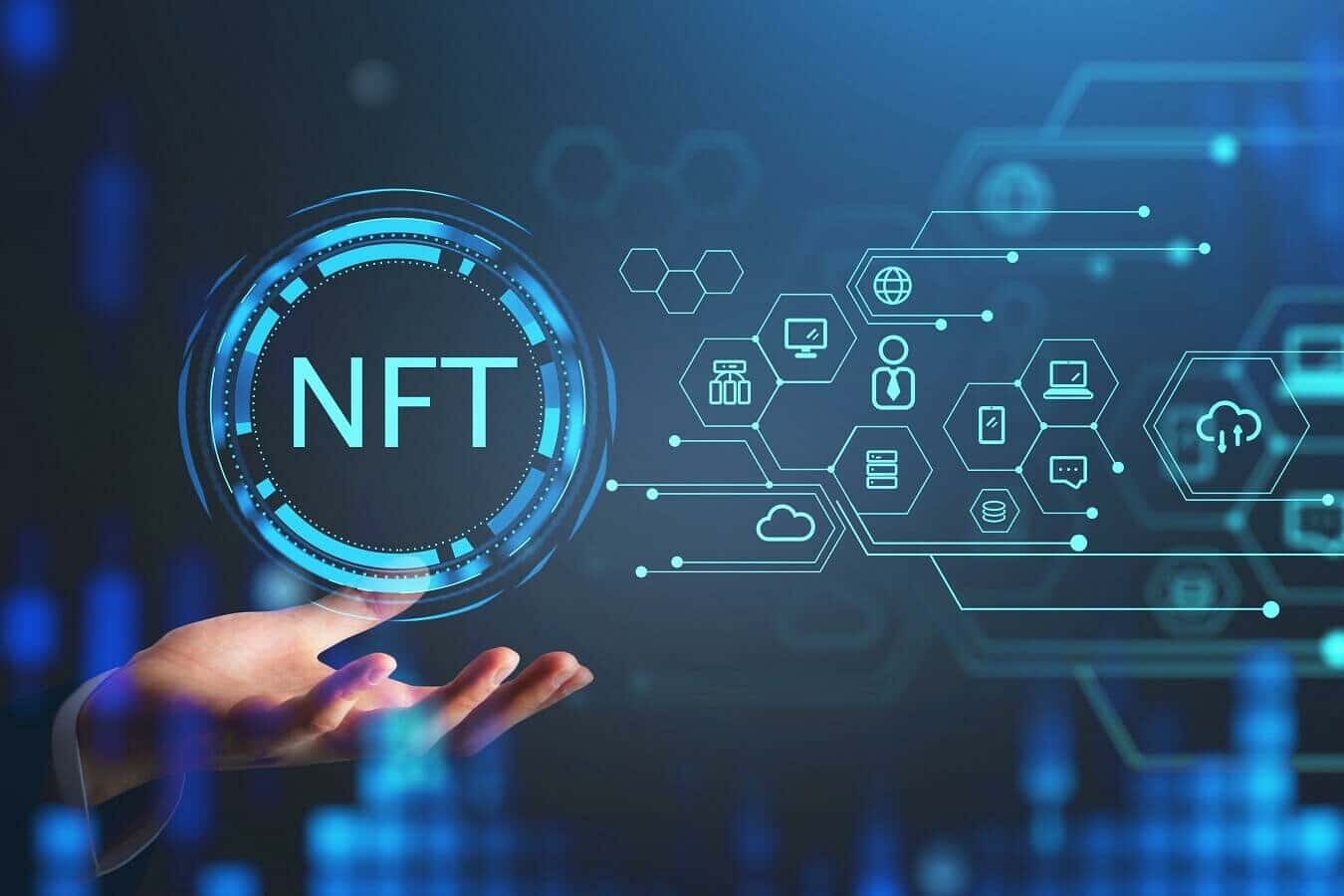summary
- Bored Ape Yacht Club (BAYC) NFTs, once highly sought-after on Ethereum’s NFT market, are now experiencing value declines.
- The current floor price for BAYC is approximately 13 ETH or $51,000, marking a significant drop from its previous levels.
- BAYC’s current value is 91.3% lower than its all-time high floor price of 153.7 ETH, recorded on May 1, 2022.
- Similarly, Yuga Labs’ Mutant Ape Yacht Club (MAYC) collection is also facing an all-time low floor price of 2.18 ETH.
- Another BAYC-themed collection, Otherdeeds, is trading at an all-time low floor price of 0.19 ETH, representing title deeds for digital land plots in the Bored Ape metaverse game Otherside.
- When Otherdeeds launched in May 2022, it cost 305 ApeCoin to mint one, which was nearly $6,000 at the time. Despite Ethereum’s 50% rally since then, Otherdeed’s current floor price equals just $746.
The once sizzling hot Bored Ape Yacht Club (BAYC) NFTs, once dominating Ethereum’s NFT market, are now witnessing a stark decline, along with Yuga Labs’ signature collection and affiliated NFTs.
Currently, the floor price for BAYC stands at approximately 13 ETH or $51,000, marking a significant downturn from its previous heights. Data from CoinGecko reveals that the last time BAYC dipped to this level was on August 18, 2021, trading at 13.65 ETH.
This reflects a staggering 91.3% drop from its peak floor price of 153.7 ETH recorded on May 1, 2022.
Similarly, Yuga Labs’ derivative collection, Mutant Ape Yacht Club (MAYC), is also experiencing an all-time low floor price, currently at 2.18 ETH.
In addition, another collection related to BAYC, known as Otherdeeds, is seeing its floor price plummet to an all-time low of 0.19 ETH. Otherdeeds serve as title deeds for digital land plots within the Bored Ape metaverse game Otherside.
During its launch in May 2022, minting one Otherdeed required 305 ApeCoin, equivalent to nearly $6,000 at that time. Despite Ethereum’s 50% rally since then, Otherdeed’s current floor price translates to just $746.
Step aside, Ethereum! The Ordinals are surging forward with remarkable speed.
In the vast and ever-evolving landscape of blockchain and cryptocurrency, a paradigm shift seems to be underway as Ethereum, once the undisputed king of the realm, faces stiff competition from emerging contenders, particularly Ordinals. This seismic shift is not merely a passing trend but rather a testament to the dynamic nature of this nascent industry, where innovation and adaptation are the keys to survival and dominance.
Ethereum, with its pioneering smart contract functionality and robust ecosystem, has long been hailed as the gold standard of blockchain platforms. However, its scalability issues, high gas fees, and network congestion have increasingly become pain points for users and developers alike. This has created a fertile ground for alternative blockchain networks to emerge, promising faster transactions, lower fees, and enhanced scalability.
Enter Ordinals, the rising star in the blockchain arena. Powered by cutting-edge technology and a visionary approach, Ordinals has swiftly gained traction and momentum, challenging Ethereum’s supremacy. Its architecture is designed to address the shortcomings of traditional blockchain platforms, offering lightning-fast transaction speeds, minimal fees, and a scalable infrastructure capable of handling a multitude of decentralized applications (DApps).
One of the key factors driving the ascendance of Ordinals is its innovative consensus mechanism, which ensures security and decentralization while maximizing efficiency. Unlike Ethereum’s proof-of-work (PoW) model, which relies on miners to validate transactions, Ordinals employs a novel consensus protocol that leverages the collective power of network participants to achieve consensus in a more energy-efficient manner.
Moreover, Ordinals boasts a vibrant and diverse ecosystem of DApps, decentralized finance (DeFi) protocols, non-fungible token (NFT) marketplaces, and decentralized autonomous organizations (DAOs), attracting developers and users from across the globe. Its open-source ethos and developer-friendly tools have democratized innovation, empowering creators to build and deploy decentralized applications with ease.
Furthermore, Ordinals’ interoperability with other blockchain networks and legacy systems enhances its utility and versatility, fostering seamless cross-chain transactions and interoperability between disparate platforms. This interoperability not only expands the reach and accessibility of decentralized finance but also catalyzes the emergence of a truly interconnected and decentralized digital economy.
As Ordinals continues to gain momentum and adoption, Ethereum finds itself at a crossroads, forced to adapt and evolve or risk being overshadowed by the next generation of blockchain platforms. While Ethereum’s legacy and first-mover advantage afford it a formidable position in the market, it cannot afford to rest on its laurels in the face of relentless innovation and competition.
In conclusion, the rise of Ordinals signals a tectonic shift in the blockchain landscape, with Ethereum facing increasing pressure to defend its throne. As the battle for blockchain supremacy unfolds, one thing is clear: the future of decentralized finance and digital innovation will be shaped by the relentless pursuit of scalability, efficiency, and inclusivity, with Ordinals leading the charge into uncharted territories of possibility and potential.



